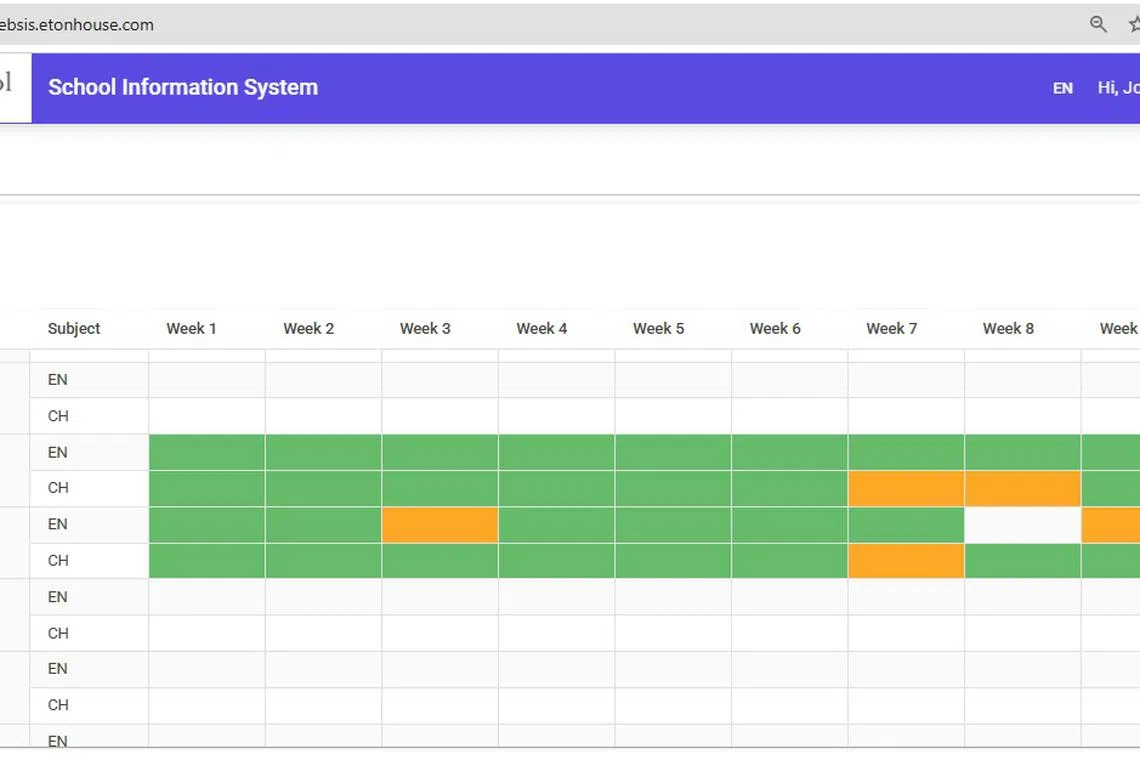EtonHouse teachers now teach more and do less admin with AI
Higher job satisfaction could result from this project, with teachers better equipped to address learning needs of students

[SINGAPORE] Education provider EtonHouse is leveraging artificial intelligence (AI) to empower its teachers to teach more, as well as to do less administrative work.
Lumina, EtonHouse’s AI planner for its educators, leverages generative AI via OpenAI’s application programming interface for curriculum planning and creating new lessons.
The inspiration for Lumina came from interviews with educators, who expressed their struggles in balancing student engagement and meeting learning targets while they are overwhelmed by their workload.
Compounding the burden was the constant data entry into Microsoft Excel sheets with no central repository for lesson planning, often leading to multiple versions and confusion.
The AI planner was developed with feedback from key teachers and the pedagogy team at EtonHouse. This was to ensure that the prototype met the needs of teachers and was aligned with the education provider’s teaching approach.
Privacy and data protection were also designed into Lumina, with no personally identifiable information stored on the system or submitted to the AI model.
In prototyping Lumina, it was put through its paces through testing at selected EtonHouse centres, with feedback gathered through surveys and interviews. Tweaks were also made to the user interface to make it intuitive for teachers, including accessibility features and an analytical chatbot.
Lumina has gone through a number of iterations, and now has real-time tracking of learning objectives, and multi-language support. With this tool, teachers are empowered rather than replaced. It also eliminates inconsistencies from siloed systems, with standardised learning outcomes for the students.

Powerful yet simple to use
The AI planner was modelled to resemble traditional lesson planners to keep the layout and workflow familiar to teachers. This has helped with easing educators into adopting the system.
SEE ALSO
The interface is also kept clean and simple, with features such as dropdown menus, checkboxes and tables to make it straightforward for educators to navigate.
Key features on the landing page for teachers include real-time tracking of learning objectives to ensure they understand what lesson plans need to be created when they log in.
Teachers are able to generate lesson plans based on learning objectives, setting variables such as topics, materials, duration and location. The plans generated by Lumina can then be adjusted by the teachers, with colour-coded texts helping them identify key points to emphasise in a lesson.
This means that teaching plans that are generated can be continually updated to maintain relevance.
Teachers can now respond more quickly to student needs, compared with a delay with manual tracking of learning objectives. A continuous feedback and adjustment loop also enables for tweaks during the lesson rather than after.
Educators also no longer need to manually align learning objectives with the lesson plan, with Lumina doing it automatically for them. An added benefit of moving to Lumina has been reducing the reliance on paper-based planning, which could lead to unnecessary waste.
Job satisfaction
Now, EtonHouse teachers enjoy a 90 per cent reduction in administrative workload, with lessons planned within one to two hours compared with an entire day when using an Excel-based planner.
This frees up time for teachers to do other tasks such as undergoing professional development or spending time with individual students to help them with their learning. This could help boost teacher retention, with administrative tasks an oft-cited pain point.
Higher job satisfaction and more effective practices could result from this project, with teachers now better equipped to address the learning needs of students.
Decoding Asia newsletter: your guide to navigating Asia in a new global order. Sign up here to get Decoding Asia newsletter. Delivered to your inbox. Free.
Copyright SPH Media. All rights reserved.











